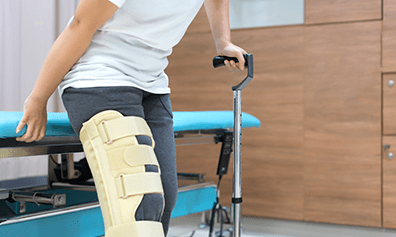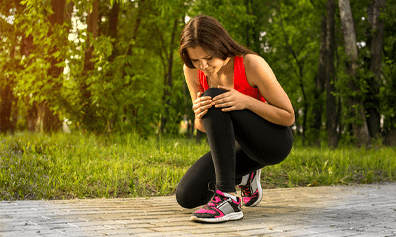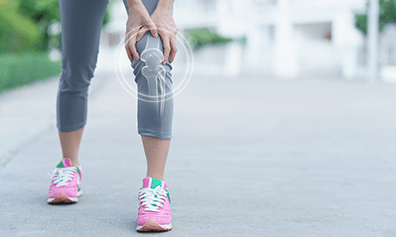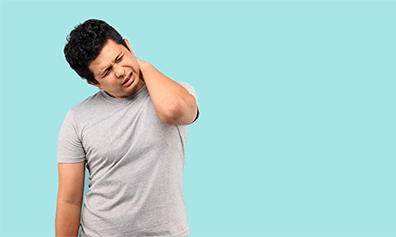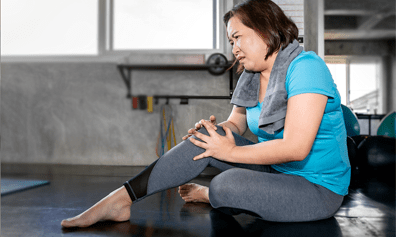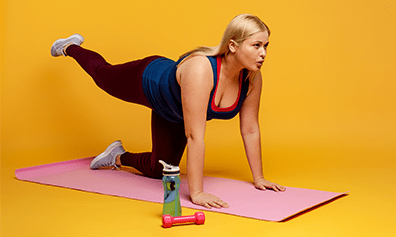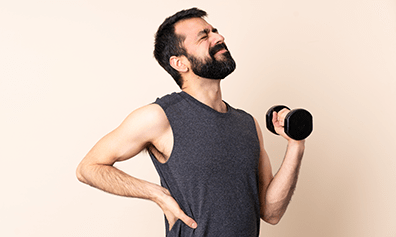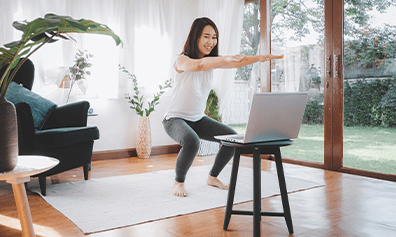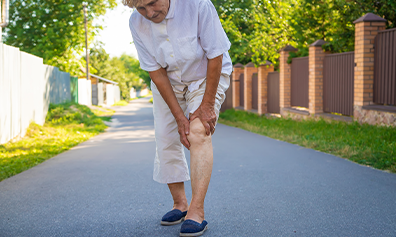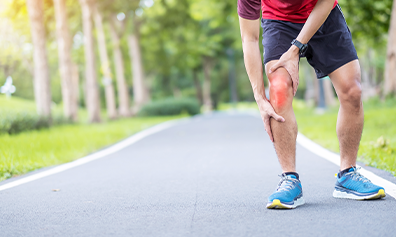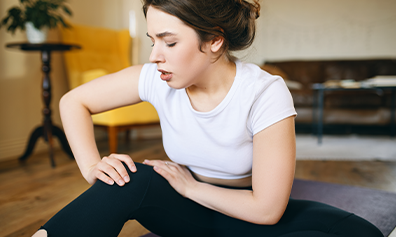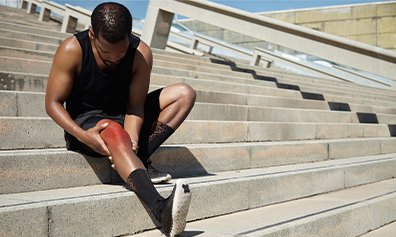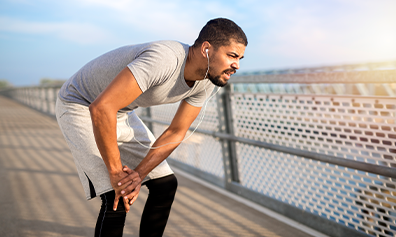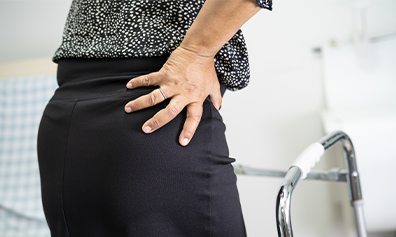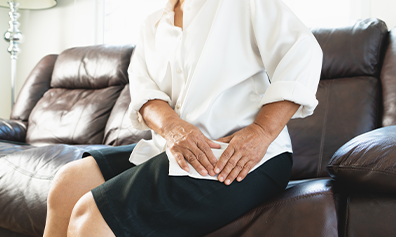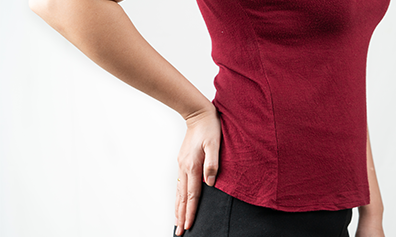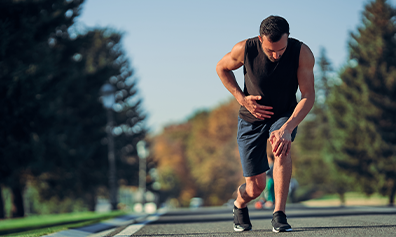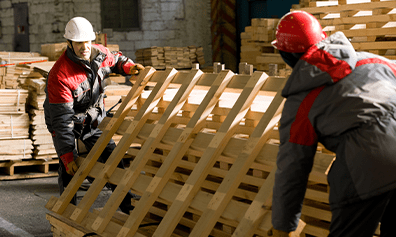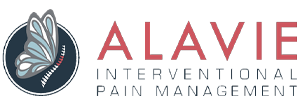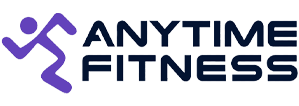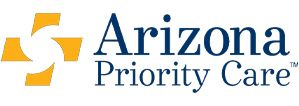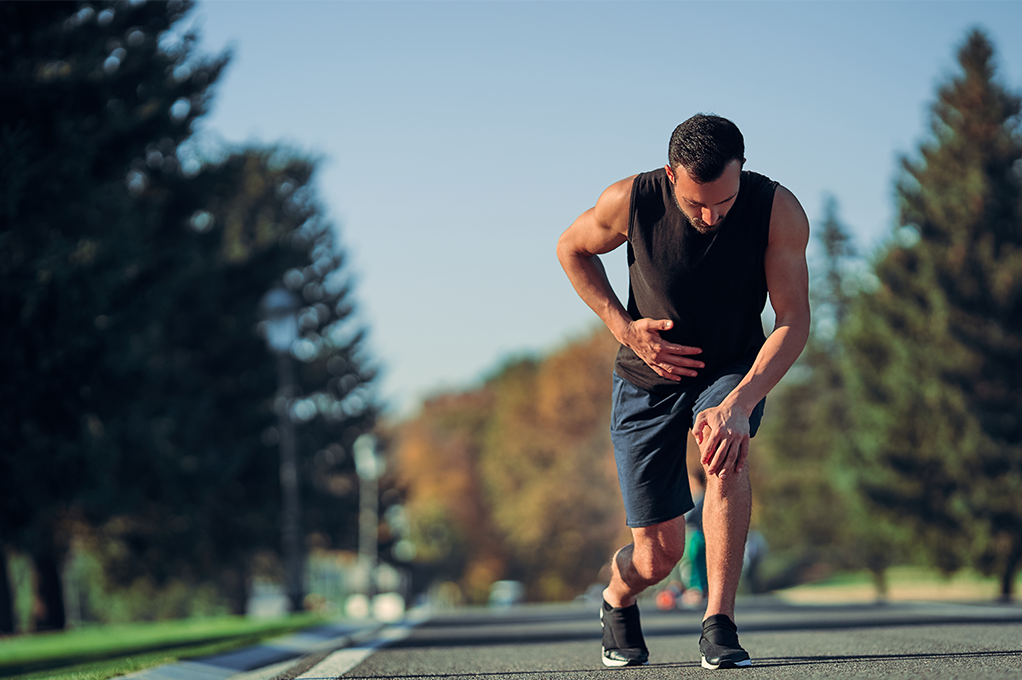
What is Core Muscle Injury?
Core muscle injury occurs when the deep layers of the abdominal wall weaken or tear. The injury occurs where the abdominal muscles attach to the pelvis and can cause tears in the tendons and muscles in the area. It can also be accompanied by nerve irritation and result in uncomfortable symptoms of numbness or tingling.
Repetitive hip and pelvic motions typically seen in sports can cause injury to the lower abdominal area. Over some time, the imbalances between the hip and abdominal muscles can cause overuse and injury. In addition, weakness in the abdominals and lack of conditioning might contribute to the core injury. Aggressive and unsafe abdominal exercise programs can cause or aggravate a core muscle injury.
How does it feel?
Osteoarthritis has no single specific cause, but certain factors increase the likelihood of developing the disease, including:
- • Chronic groin pain is a hallmark symptom of core muscle injury. It occurs in 5% to 18% of athletes.
- • Sharp groin pain with exertion is another typical symptom.
- • Pain often occurs with intense sprinting, kicking, twisting, or cutting, and decreases rapidly with rest.
- • Basic tasks, such as sitting up in bed, can be painful. Athletes can lose a significant amount of training and competition time due to core muscle pain or related groin pain.
- • Pain felt while doing sitṅups.Pain on one side of the groin.
- • Pain or numbness that radiates into the inner thigh.
- • Pain in the groin when coughing or sneezing.
- • Little to no pain in the groin when resting, sitting, or sleeping.
- • Tenderness to touch on the lower abdominal area.
How is it Diagnosed?
Diagnosis is confirmed with questions about the following:
- • Experience groin pain while sprinting, twisting, or kicking.
- • Have had any injuries to your hip, low back, or groin.
- • Recently completed any intense abdominal or core strengthening exercises.
- • Get significant relief from your groin pain if you rest or don’t participate in your regular sport or exercise routine.
- • Feel pain in your groin when coughing, sneezing, or bearing down.
- • Recall a particular movement or incident when you first felt pain in the area..
- • Experience groin pain that limits your desired level of sports performance.
- • Note: If you have groin pain that isn’t relieved with rest, you could have another potentially serious medical condition involving the digestive, urinary, or reproductive systems. In such a case, consult your physician.
In addition to the above questions, your physical therapist would also conduct standard strength tests of your hip muscles, and perform other tests to measure the flexibility of your hip and thigh muscles along with a thorough examination of your hip and low back movements
Additional special orthopedic tests would be performed to determine/rule out the involvement of other hip joints, knee joints, or lumbar spine. If required, further tests (MRI, ultrasound, or X-rays) might be used to rule out other injuries to your hip, low back, or pelvis and further confirm the diagnosis of a core muscle injury.
How do I find help?
- • Conservative treatment of core muscle injuries includes changes to your activities and physical therapy. Your physical therapist will use treatments to target the problems found during their evaluation. They will design a personalized treatment program for you based on your condition that focuses on your goals to help you safely return to your sport or normal activity levels.
- • A conservative course of treatment that includes physical therapy for four to six weeks is the first recommendation for most patients. A recent study found that 50% of patients with core muscle injury recovered with conservative treatment.
- • If groin pain continues after that time, surgery may be recommended given the severity of the core muscle injury. If you decide to have surgery, your physical therapist can guide you in regaining your strength and flexibility after the surgical procedure.
Physical Therapy
- • Physical therapy will focus on addressing the key problems found during your evaluation. These problems often include poor hip strength and flexibility, and a reduced ability to activate or turn the abdominal muscles to keep the pelvis stable during intense activity.
- • Physical therapy treatments will address your condition without causing pain or making your pain worse.
- • Your physical therapist also will teach you to modify sport or training activities that cause groin pain or hinder your recovery.
- • Ice may also be applied to decrease pain.
- • Your physical therapist may advise you to:
- - Avoid aggressive or painful stretching.
- - Avoid kicking or sprinting.
- - Avoid doing situps.
- • Your physical therapy treatment may include:
- • Icing and compression-During the early phases of injury or when you have high levels of pain, applying ice and compression to the area may decrease your pain level.
- • Stretching- Your physical therapist may show you how to perform hip and low-back exercises to stretch your muscles gently. They will teach you how often and how long to do these exercises to match your condition to improve muscle flexibility and decrease pain..
- • Muscle retraining - Your physical therapist will teach you to target and move your abdominal and hip muscles. This is a key part of your treatment, as certain muscles may not be working well due to your injury.
- • Strengthening-Your physical therapist will teach you targeted hip and core strengthening exercises that do not aggravate your injury once your pain comes down.
- • Manual therapy -- Your physical therapist may perform hands-on (manual) therapy to stretch and mobilize affected soft tissue and joints based on your evaluation. Hands-on therapy can improve your hip-joint mobility and range of motion, decrease muscle pain, and improve flexibility..
- • Return-to-sport drills -Once you can progress without pain, your physical therapist will slowly add movements specific to your sport or activity to your treatment program.
Can I prevent this condition?
Core muscle injury is challenging to prevent because of the stress and strain on the pelvis and hips during some sports. A prevention program is recommended for people with the highest risk for a core muscle injury. Those at increased risk include males and females who participate in soccer, hockey, and football.
A prevention program may include:
- • Abdominal and core strengthening exercises.
- • Exercises to strengthen the hip muscles.
- • Exercises to improve flexibility and decrease strain across the lower abdominal area, where core muscle injury often occurs.
Exercises to strengthen your Core and prevent future injury
The following are the most recommended core strengthening exercises:
1.The Plank
- - The basic core routine begins with the plank, an exercise that actively engages all major core muscles.
- - To enter the pose, prop your upper body on your forearms and lower body on your toes.
- - Keep your knees rigid and abdominal muscles taut.
- - Do not allow your hips to drop or your upper back to sink between your shoulder blades.
- - As per the exercise's name, your body needs to be as stiff and straight as a plank.
- - Hold the position for 15 to 60 seconds while inhaling and exhaling slowly. Do not pant or hold your breath..
- - To increase the intensity, extend one arm before you for 10 seconds and repeat on the other side. You can do the same with each leg.
2.The side plank
- - This exercise engages the lateral stabilizers that run from the ankle to the shoulder.
- - In addition to increasing the lateral hip strength and stability, this exercise also helps keep the obliques long and strong.
- - To enter the pose, start in the plank position.
- - As you begin to shift your weight to one arm, position your upper foot behind your lower foot to keep the body stable.
- - Once stabilized, you can place your feet together. Do not allow your hips to sag.
- - If feeling confident, you can extend your free arm toward the ceiling. .
- - Hold the position 15 to 60 seconds while maintaining complete control of your core. Repeat on the other side.
- - To increase the intensity, lift the upper leg a few inches and hold it for 10 seconds. Repeat on the other side.
3.V-sit pose
- - . The V-sit is an effective abdominal exercise that also engages the hip flexors..
- - To do the V-sit, take a seated position on the floor.
- - As you inhale slowly, contract your abdominal muscles while lifting your legs to a 45-degree angle.
- - Reach forward to stabilize yourself or place your hands by your sides if you feel less than stable.
- - Hold the pose for 15 to 60 seconds.
- - Relax for 15 to 20 seconds and repeat two more times.
- - As you get stronger, increase the duration of the pose.
4.The Bicycle Crunch
- - The bicycle crunch is a classic that works nearly all of your core muscles at once.
- - To perform this exercise, lay flat on the floor with your lower back pressed to the ground.
- - Rest your hands behind your head without yanking your neck.
- - Bring one knee up to a 45-degree angle and keep the other straight.
- - You will then shift your legs back and forth as if peddling a bike, alternately extending one knee while lifting the other.
- - As you do, touch your left elbow to your right knee and your right elbow to your left knee.
- - Complete 10 to 25 reps on each side, keeping your movements deliberate and steady.
- - Relax and complete two more sets.
- - As you get stronger, increase the number of reps per set.
5.The Bridge
- - The bridge exercise is a basic rehab exercise used to improve core strength and spine stability..
- - To enter the pose, start flat on your back with your knees bent, feet flat, and arms positioned by your sides.
- - As you inhale slowly, tighten your abdominal and butt muscles while lifting your hips to create a straight line between the knees and shoulders.
- - Hold the pose for 15 to 60 seconds without dropping the lower back or buttocks.
- - To increase the intensity, lift one leg as high as you can and hold it for 10 seconds..
- - Repeat on the other side.
- - As you get stronger, you can increase the duration of the pose..
Telehealth to Your Rescue
During these times of global pandemic, it can be challenging to find the help you need to maintain your joint health. But with telerehabilitation services, you can get the benefits of physical therapy from the comfort of your home without worrying about exposure or transport.
TheraNow, one of the best telerehabilitation services with excellent expertise in the field of physical therapy, with our team of virtual physical therapists who are waiting to provide you the care you need to get your life back in its happy place. You can book your appointment by visiting us at Theranow: Online Physical Therapy Services

